Egyptian evisceration
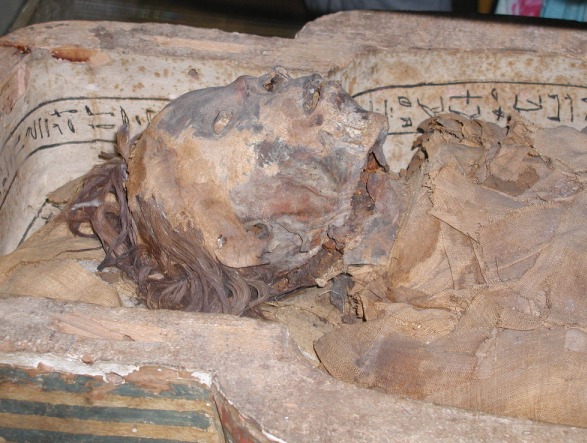
A systematic analysis of ancient Egyptian mummy evisceration has found that historical descriptions of the techniques may have been off-base
Trade secret

In ancient Egypt, embalmers had guild-like organizations and their tricks of the trade were closely guarded secrets.
Father of history
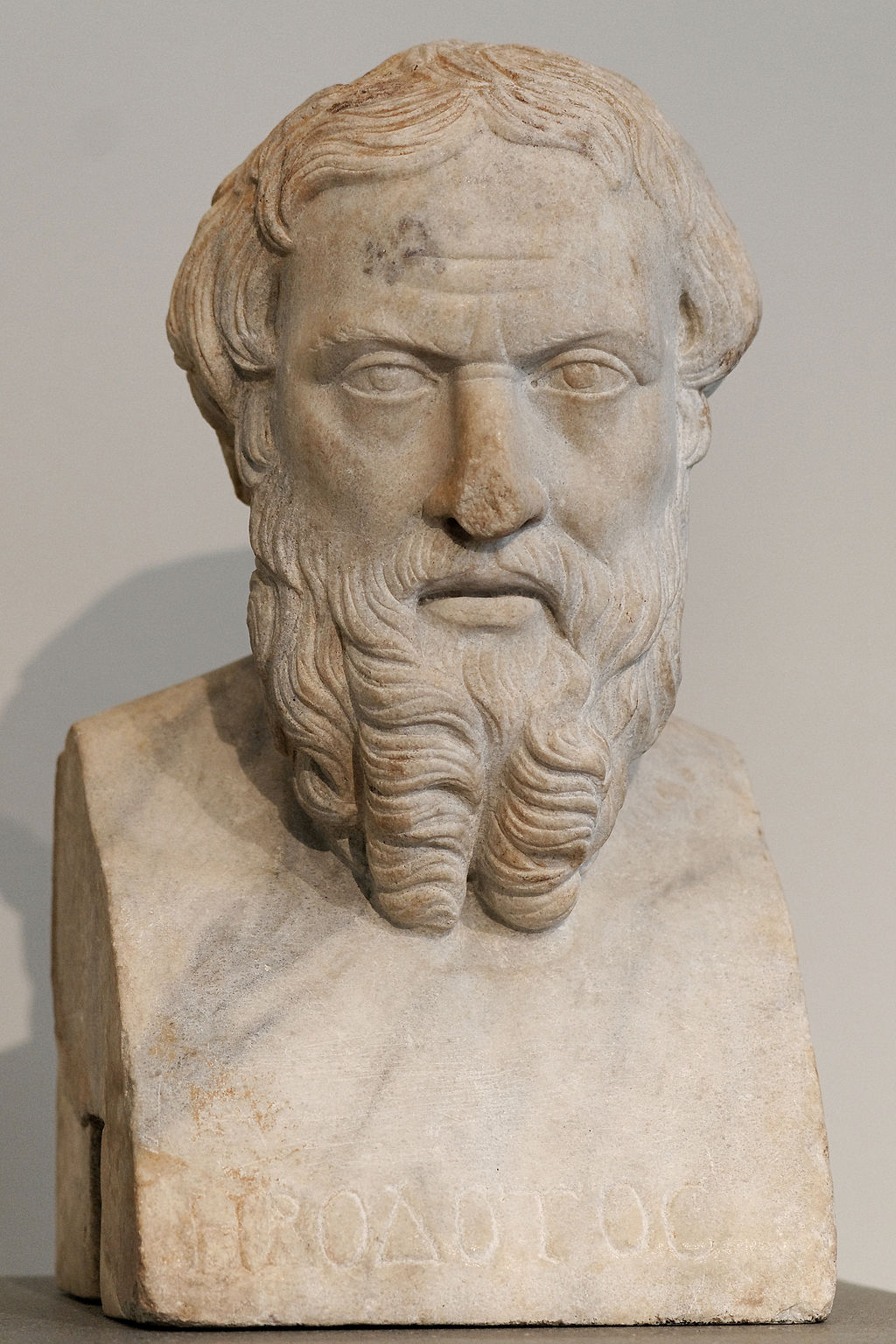
But in the fifth century B.C., ancient Greek historian Herodotus managed to get an inside peek at the industry and described the techniques used to eviscerate the dead.
Organ removal
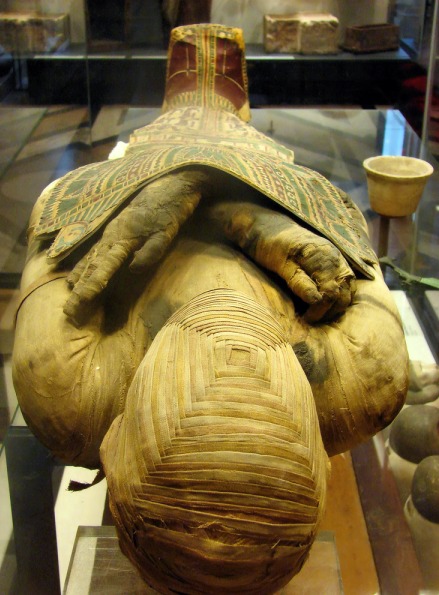
In his histories, he says that the highest classes were the only ones eviscerated with a trans-abdominal slit, and that the brain was always removed. Other accounts suggested the heart was always removed.
Cedar oil enema?
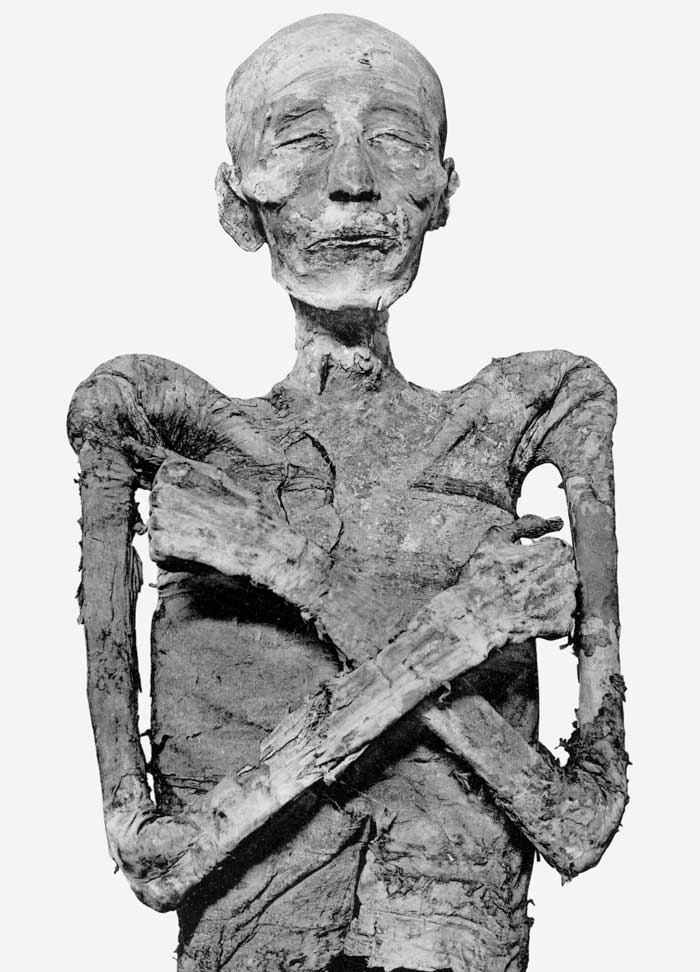
The lower classes, he said, received a cedar oil enema to eat away their internal organs.
Thorough analysis
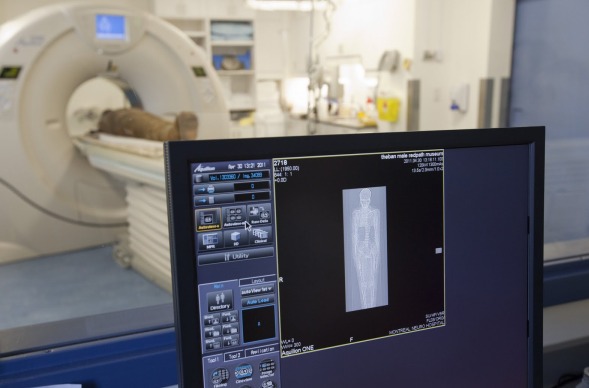
But researchers Andrew Wade and Andrew Nelson wanted to see whether Herodotus accounts matched practices we actually see in mummies. They analyzed mummies described in the literature, and performed CT scanning on several others. Here, a Theban male mummy from the Redpath museum gets scanned.
Varied techniques
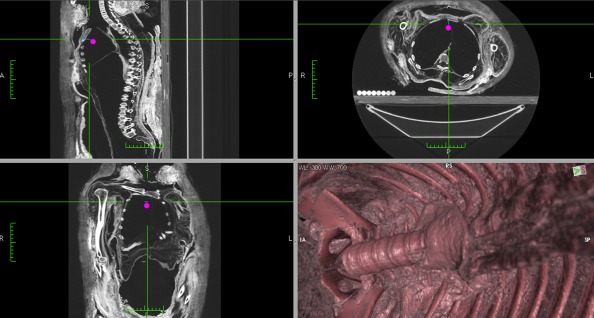
They found that contrary to Herodotus' accounts, the upper and lower classes alike tended to get the trans-abdominal slit, with a cut through the anus restricted to elites.
Get the world’s most fascinating discoveries delivered straight to your inbox.
Mummy skeleton
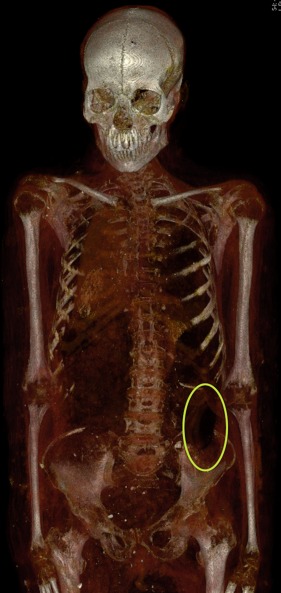
Mummies didn't show evidence of cedar oil enemas. In addition, the mummies didn't always have their hearts left in place and their brains removed. Here, a 3D reconstruction of a mummy, with an oval indicating the incision site.

Tia is the editor-in-chief (premium) and was formerly managing editor and senior writer for Live Science. Her work has appeared in Scientific American, Wired.com, Science News and other outlets. She holds a master's degree in bioengineering from the University of Washington, a graduate certificate in science writing from UC Santa Cruz and a bachelor's degree in mechanical engineering from the University of Texas at Austin. Tia was part of a team at the Milwaukee Journal Sentinel that published the Empty Cradles series on preterm births, which won multiple awards, including the 2012 Casey Medal for Meritorious Journalism.


